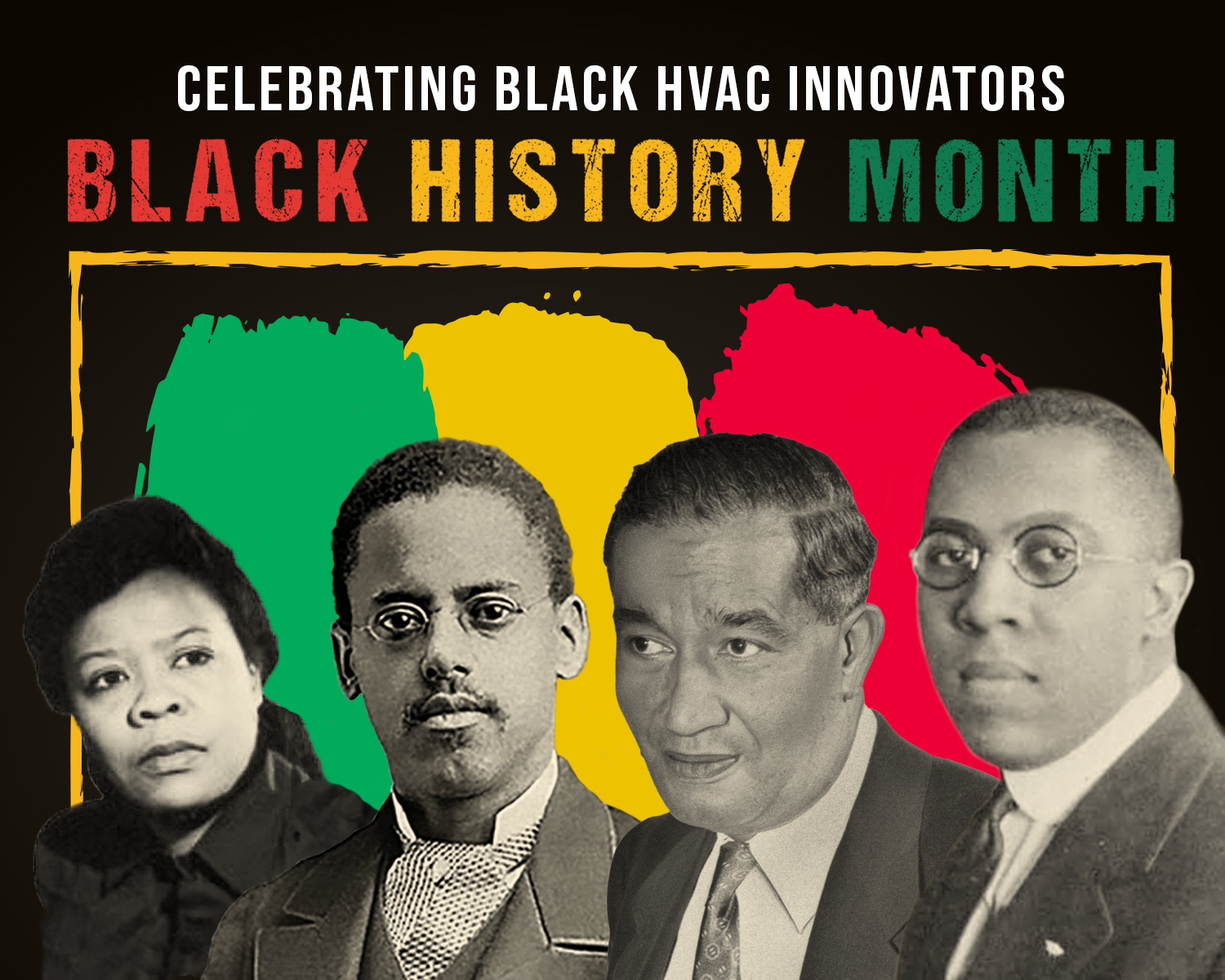
Celebrating Black Innovators in HVAC
Black History Month commemorates the history, accomplishments, and contributions of African Americans across the world every year. Each and every industry, including HVAC, has been improved by the ingenious work and the persevering minds of Black innovators. Without them, our society would not be nearly as advanced as it is today. This February, celebrate Black History Month with us as we recognize the achievements of Black pioneers in the HVAC industry!
Frederick McKinley Jones (1893 – 1961)
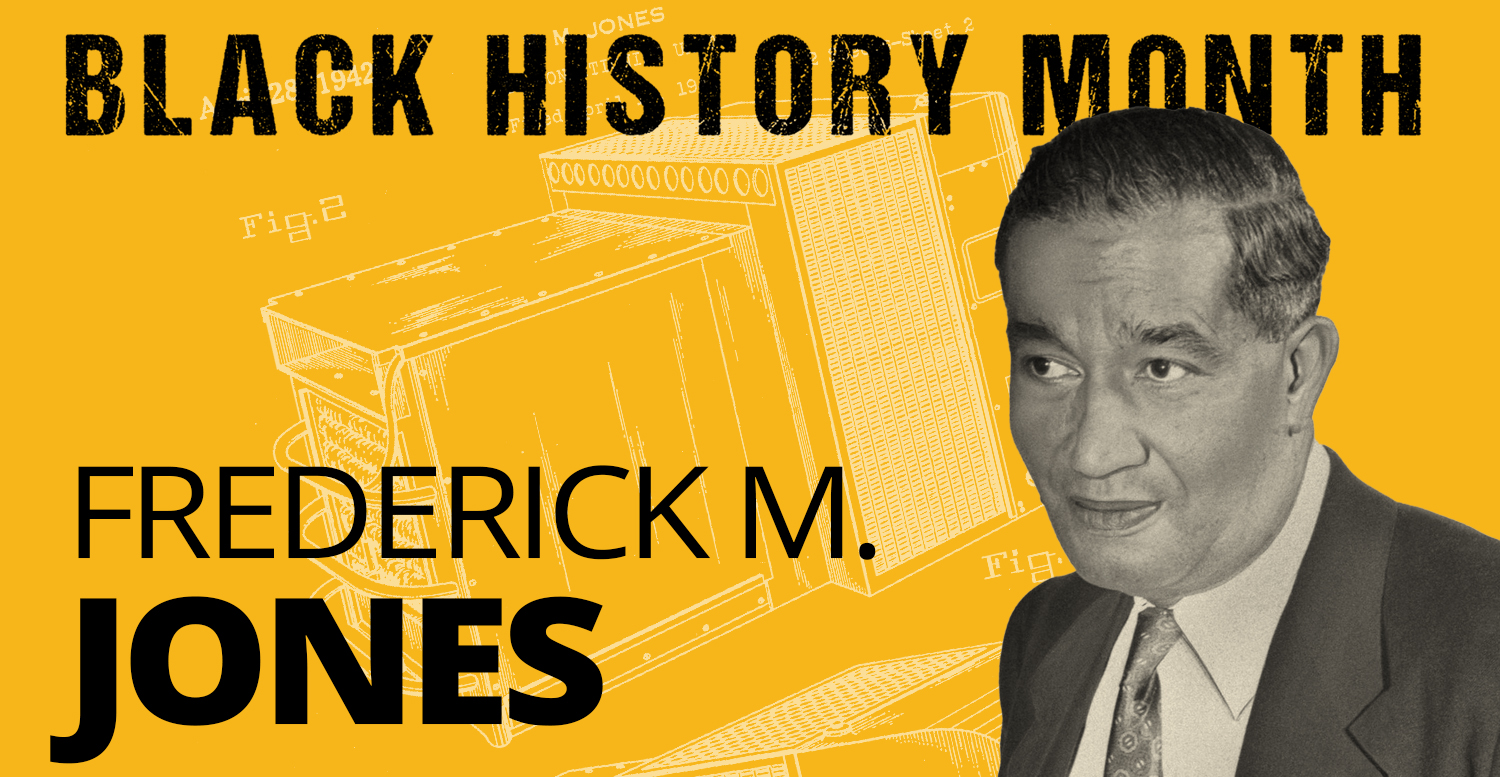
If it wasn’t for Frederick McKinley Jones’ work, multiple industries wouldn’t be where they are today. For example, he revolutionized cinema by creating a device that allowed movie projectors to play recorded sound, taking movies from “silent films” to “talking pictures.” The self-taught inventor also created a portable x-ray machine, portable radios, a prototype to the snowmobile, and a movie theater ticket dispenser that he patented, alongside many more inventions.
Frederick McKinley Jones’ more widely known accomplishment exists within the world of heating and cooling. In 1938, Jones developed the very first portable air-conditioning system designed for food transportation trucks. That same year, Jones and colleague Joseph A. Numero co-founded Thermo King, a transportation HVAC manufacturer still successfully operating today. Jones obtained a patent for the truck refrigeration unit on July 12, 1940.
Originally designed to keep chicken from spoiling on long drives, Jones’ truck refrigeration unit evolved to develop portable cooling units used to preserve medical supplies and food for the military during World War II. The transport refrigeration systems were soon improved and optimized for widespread commercial use. Jones’s impact makes something as simple as picking up milk from the grocery store possible.
In 1991 Jones was posthumously awarded the National Medal of Technology, making him the first Black person to receive such an honor. It’s clear that Frederick McKinley Jones’ important contributions changed the course of many different fields for the better.
Alice H. Parker (1895 – ?)
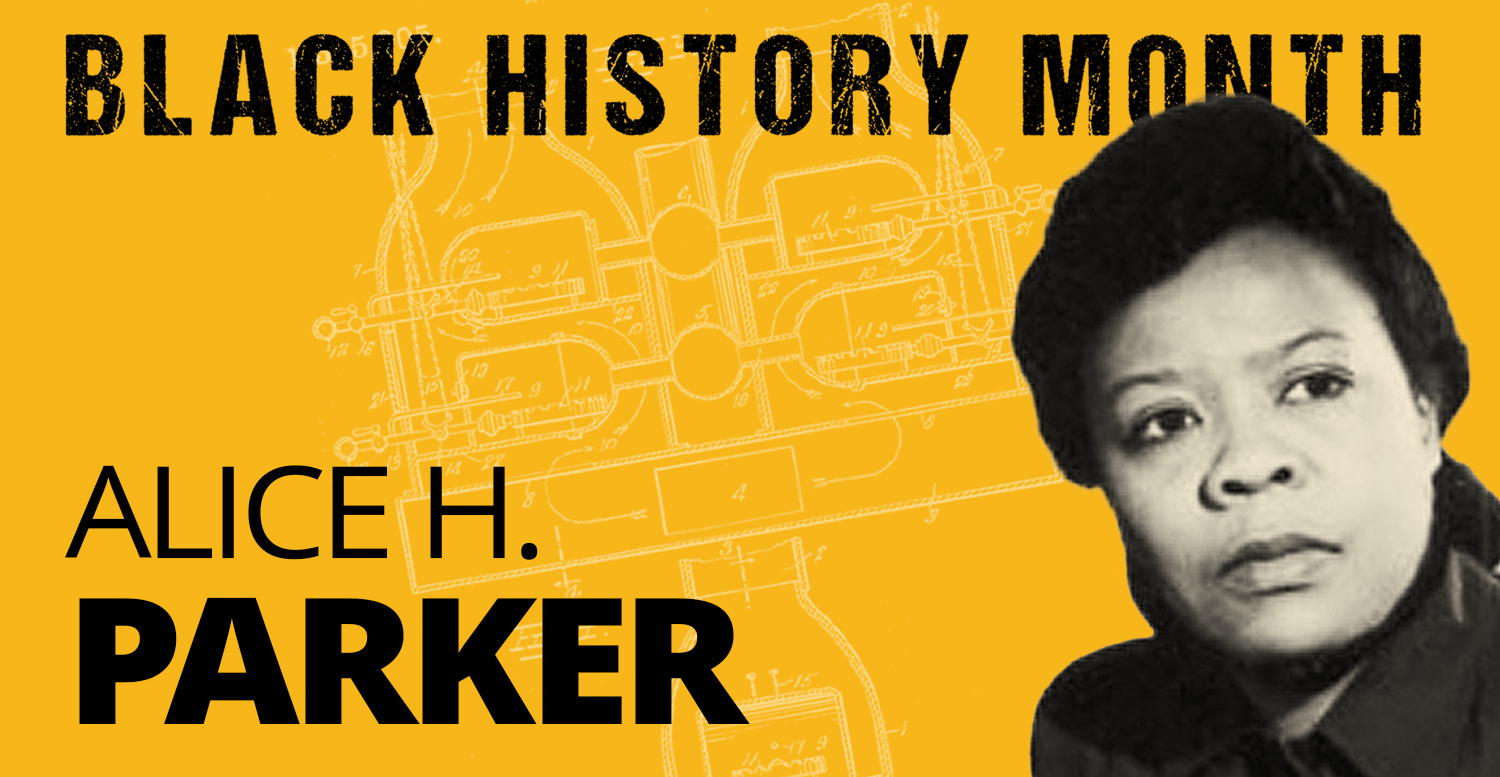
Without Alice H. Parker, the world would be a lot colder. Not much is known about Alice Parker’s personal life, although she did graduate from Howard University in 1910 with honors, an extremely noteworthy accomplishment given the educational opportunities for Black women in her time.
Parker lived in New Jersey, where winters can be harsh. At this time, the most common form of home heating was a fireplace, which is very limited in its heat distribution and poses a safety risk. To solve this dilemma, she developed the first furnace that used natural gas and created a system of individually controlled ducts to distribute heat throughout a home more evenly. While natural gas had been utilized in water heating systems, the concept of using it to heat the ambient air in a home was revolutionary, and the thought to control the temperatures of multiple rooms via ductwork was nonexistent.
Alice Parker’s gas furnace was patented in 1919. Unfortunately, there is not much record of Parker after this point, and this specific design was not utilized due to fear regarding the safety of using natural gas as fuel for home heating. This being said, Parker’s invention was an extremely important precedent to interior comfort during the winter. Alice H. Parker’s design paved the path for modern furnaces and ductwork, and we couldn’t be more thankful for her ingenuity.
Lewis Howard Latimer (1848 – 1928)
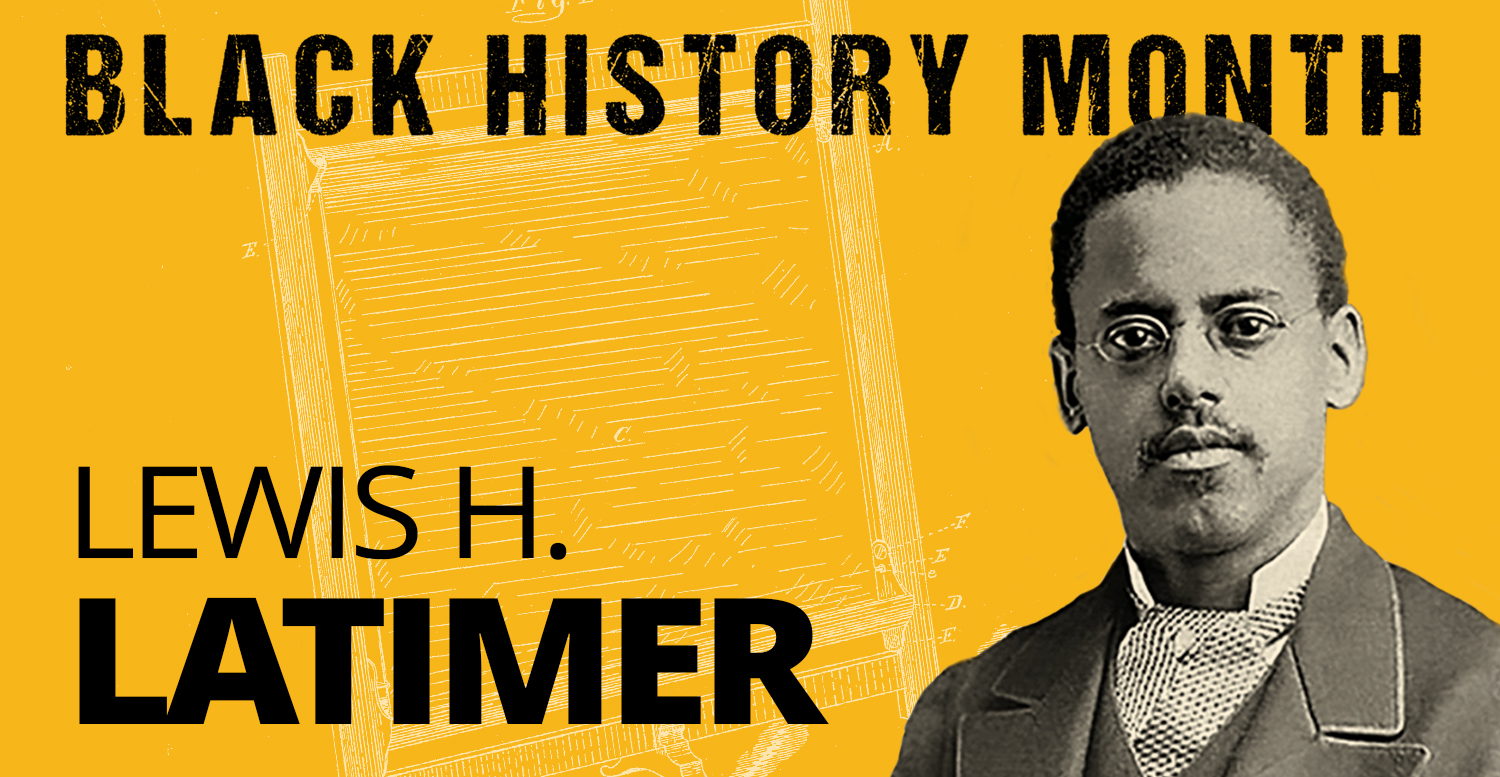
Lewis Howard Latimer was another great mind that designed a catalog of inventions and contributed to the progress of several industries. The son of parents that fled enslavement, the opportunities afforded to Latimer were few. Determination alone took Latimer from serving in the U.S. Navy, to working at a patent law office, to employment under Alexander Graham Bell, where he helped design the drawings needed to file the patent for the telephone.
Bell wasn’t the only famous inventor Latimer rubbed elbows with. After a few years of employment in the U.S. Electric Lighting Company, where Latimer invented a more efficient process of carbon filament manufacturing for light bulbs, he was invited to work with Thomas Edison. The filament in Edison’s lightbulb, patented in 1880, burnt out very quickly. Latimer’s carbon filament lasted much longer and paved the way for practical incandescent lighting. Latimer even wrote the first book on the subject! In 1918, Latimer was the first person of color to join the Edison Pioneers, an organization of 100 employees that worked closely with Thomas Edison.
In 1886, Lewis Latimer patented a precursor to the modern day air conditioner. His air conditioner was called an “apparatus for cooling and disinfecting,” implying a predecessor for air purification that air conditioners today assist with. This design acted as a necessary stepping stone on the path towards the system that keeps you cool in the summer today. We wouldn’t be in the same place we are with air conditioning technology had Lewis Latimer not created his prototype.
David Crosthwait (1898 – 1976)
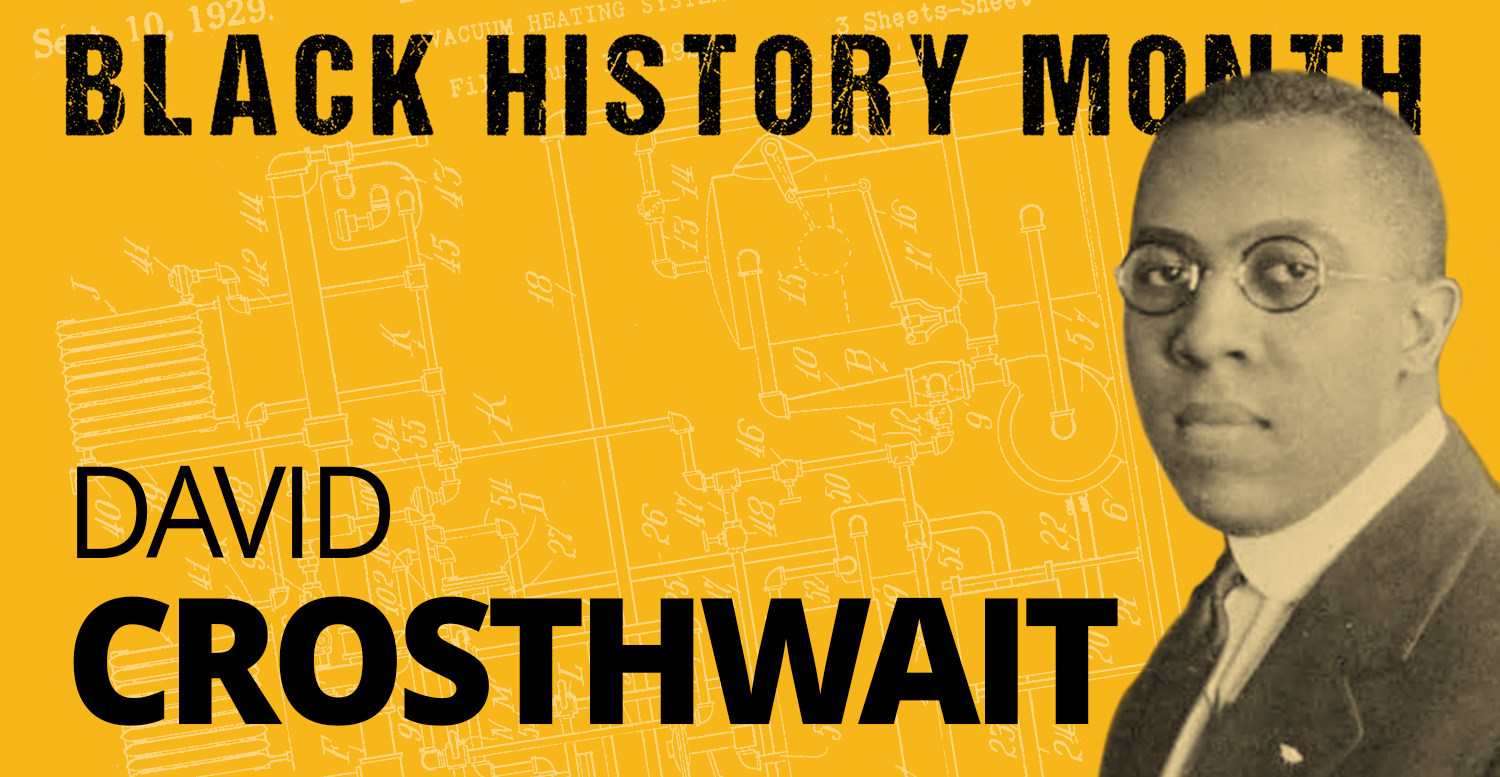
An inventor, engineer, and a teacher, David Crosthwait’s work would go on to improve the lives of thousands of Americans to this day. Born in Nashville, Tennessee, Crosthwait studied at Purdue University, earning a Bachelor of Science in 1913 and a Masters of Engineering in 1920. Throughout his education and the beginning of his career, the building blocks of his esteemed legacy began to materialize.
Almost immediately after graduating, Crosthwait put his expertise to work. Overall, he has 39 U.S. patents and 80 international patents, comprising multiple heating solutions, refrigeration systems, an improved boiler system, a variety of vacuum pumps, and a few temperature control components. He also invented HVAC systems powerful enough to heat larger commercial buildings. Crosthwait is most famous for designing and implementing the heating systems for Rockefeller Center and Radio City Music Hall in New York City, an extremely impressive accomplishment for any engineer.
After his boom of inventions in the 1920s and 1930s, David Crosthwait recorded his expansive knowledge of heating and cooling in a series of guides and instruction manuals for others to utilize in their education. Much later in his life, he returned to teach a course at Purdue University in 1971. He was given an honorary doctorate in 1975, a year before his death.
As for other accolades, Crosthwait was the first African American fellow elected into the American Society of Heating, Refrigerating, and Air-Conditioning Engineers (ASHRAE). He was also inducted as a fellow into the American Association for the Advancement of Science (AAAS). David Crosthwait stands as a pillar in the HVAC industry, and we’re glad he progressed the field so far during his lifetime.
Looking Toward the Future
It goes without saying that Frederick McKinley Jones, Alice H. Parker, Lewis Howard Latimer, and David Crosthwait overcame staggering odds to pursue their passion and innovate technology that advanced multiple industries. Today, the field of HVAC is constantly expanding, and we owe a large part of our progress to these four Black innovators. Their inventions act as a foundation for our industry to reach farther and create the best possible equipment to keep you and your family comfortable. We at MRCOOL® are forever grateful to these fantastic leaders in HVAC, and are glad that we could share their work with you!








Learning about these people was very COOL!
I wish we knew more about Alice. Her invention keeps me warm all winter long!